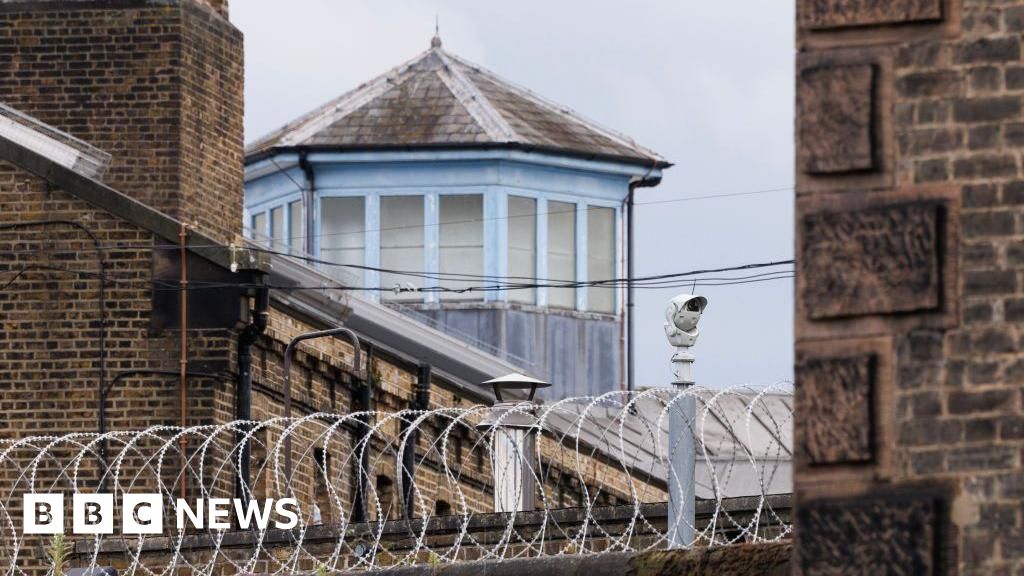While the agenda for the meeting has not been formally communicated, market participants expect the discussion to revolve around elevated bond yield levels, the subdued demand seen in recent auctions, and ways to restore confidence in the market.
“The RBI has called a meeting of primary dealers on Thursday to discuss market sentiment and government borrowing. This is quite important as sentiments in the g-sec market are weak, and last Friday also RBI ended up cancelling part of the auction,” said one of the people aware of the upcoming meeting.
Primary dealers are financial intermediaries who are responsible for underwriting and market-making in government securities.
An email on the matter sent to the RBI did not elicit any response till press time.
Yield worries
The meeting comes close on the heels of the central bank’s decision to partially cancel last Friday’s government bond auction after bids came in at higher-than-expected levels.
On Friday, the government had offered to sell four bonds worth ₹32,000 crore, maturing in 2028-2055. However, the RBI cancelled the auction for the 7-year paper for a notified amount of ₹11,000 crore as bids by auction participants were higher than the central bank’s estimates amid uncertainty on further rate cuts and tight liquidity.
This development drove yields on the 10-year benchmark government bond yield to almost 6.6% levels in intraday trade on Friday. However, the yields eased after the auction results were announced to end at 6.53%. Currently, yields on the 10-year paper are trading at 6.55%.
“My best guess for the seven-year bond cancellation is that they wouldn’t have wanted the yield curve to get inverted,” another person said.
In a yield curve inversion, short-term bond yields are higher than long-term bond yields. This typically means investors expect an economic slowdown or recession, causing them to shift to safer, long-term bonds.
There are several reasons behind the RBI’s unscheduled meeting with primary dealers, including its concerns over government bonds and rise in state government securities’ yields. That apart, the RBI may look to understand from market participants why domestic participation has declined despite a pick-up among foreign investors, and how to generate good demand, said the first person quoted above.
Government bond yields have remained elevated since the RBI’s June monetary policy announcement, when it had cut policy repo rate by 50 basis points. Late August, the yield on the 10-year benchmark government bond had touched an all-time high of 6.64% from the lows of 6.12% seen in June, according to data from the Clearing Corporation of India.
This also drove up yields on the longer-end of the curve. According to market participants, yields on longer end government bonds, that mature in 30-50 years, have also remained elevated and the yield curve has steepened in recent weeks, suggesting investors are wary of duration risks amid fiscal concerns and large supply of state development loans (SDLs).
“Yields on the longer end are still high, and SDL spreads are wide. There is some discomfort about taking on too much duration risk right now,” another dealer said.
The government’s borrowing calendar for the second-half of the fiscal year has cut short the supply of longer duration bonds, leading to a flat yield curve. However, market participants remain concerned that with state borrowings running at about two-thirds of their indicative schedule so far, the widening of spreads suggest low demand at the long end even after reduced supply.
On 26 September, the central government announced its plan to borrow ₹6.77 trillion through sale of government securities in October-March. This is lower than ₹7.95 trillion borrowing in the first half of the year. For FY26, the government has indicated its gross borrowing to be ₹14.72 trillion, slightly lower than the Budget aim of ₹14.82 trillion.
So far in the current fiscal year, long-term investors have shied away from the market, with pension funds shifting their allocations more towards equities following recent regulatory changes and insurance companies keeping their investments muted.
Market participants expect state borrowings to rise again in the March quarter, which could push the long-end spreads further. On 27 October, Mint reported that the RBI had cautioned states on fiscal discipline and rise in yields.
The central bank routinely meets with primary dealers, banks and economists to discuss market functioning and operational issues, but Thursday’s timing coming after a cancelled auction and rising yields, makes this interaction particularly significant.
Additionally, the meeting will take place a day before the next weekly scheduled auction, leading to speculation that the RBI may be preparing the ground for smoother participation.
While market participants remained divided on whether the Monetary Policy Committee will cut the repo rate in December or not, they expect the RBI to soon step in to support the market by conducting open market operations purchases of gilts amid tight liquidity conditions and last Friday’s auction signalling that demand has to catch up to meet supply in the bond market.
On 27 October, Mint reported that the RBI would soon step in to ease the liquidity crunch through OMO purchases of forex buy/sell swaps.





